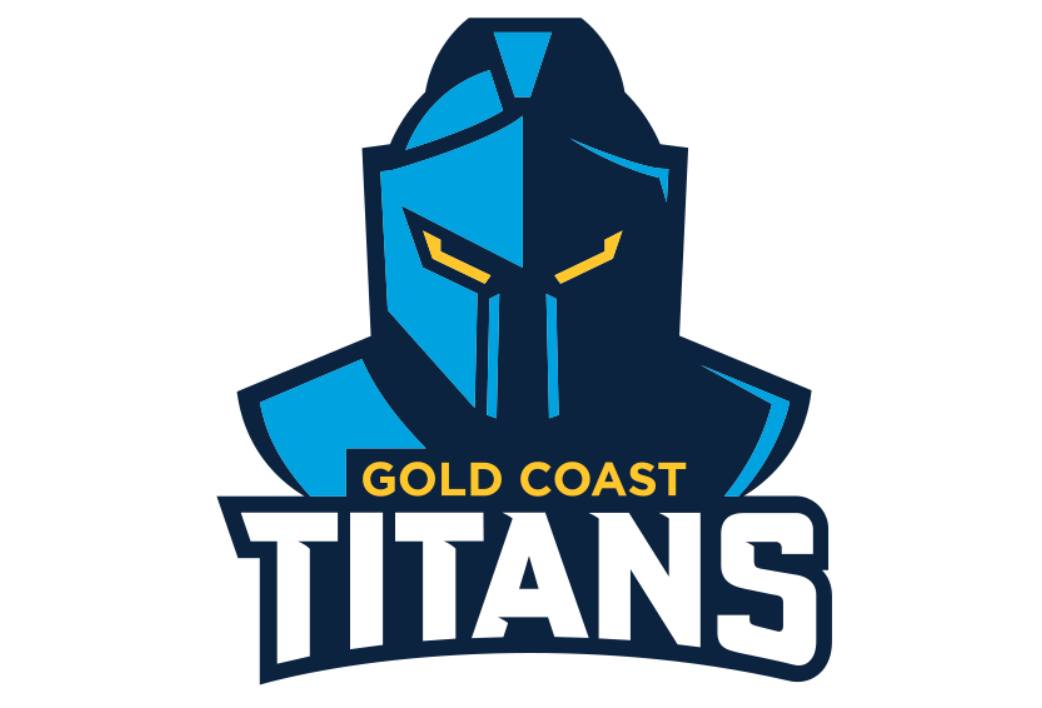Athletes, technology & data ownership.
In recent weeks, dozens of companies across betting, gaming and data consultancy have been receiving letters that could set the business of sport on a new path.
According to the Athletic, these are being dispatched by lawyers on behalf of over 850 current and former professional footballers from England’s Premier League, the English Football League (EFL), the National League and the Scottish Premiership. Those players are taking legal action against companies processing their on-field data as part of Project Red Card, an initiative announced last summer and headed up by the well-travelled English club manager and co-founder of Global Sports Data and Technology Group, Russell Slade.
Project Red Card aims to prove that players have ownership rights to information based on their physical and technical performance. It is seeking six years’ worth of lost income for its plaintiffs and, if successful, it would likely redraw the terms of who stands to gain from the value of data. Just as image rights clauses in contracts came to reflect the marketing power of star athletes in the 1990s, data rights might represent a fresh source of earnings potential.
It is no accident that athletes are taking such interest in their data now. Ever richer records have helped to sustain new advances in training and tactical development in recent years, but they are also finding use in talent identification and recruitment, media analysis and odds-setting. In the US, especially, the state-by-state legalisation of sports gambling has made data into a very lucrative sector.
Swiss-based Sportradar, which initially rose to prominence monitoring patterns in betting markets for sports federations to spot potential match-fixing, has grown rapidly through data partnerships with major US leagues to support new betting operations. It launched on the Nasdaq stock exchange in September and now has a valuation of around $8 billion – up from $2.4 billion three years ago.
Meanwhile, the ways in which athletes are creating marketable data are proliferating. StatSports has been providing performance-tracking equipment to elite teams for several years. Now, to promote its partnership with Premier League side Arsenal, it is pitching them at players at all levels of the game.
Young users who buy StatSports’ tracking vests and other GPS-enabled products can join a network that connects them to Arsenal’s academy. In theory, that will give the club the ability to monitor prospects far beyond their usual scouting grid and give talented hopefuls a way of demonstrating their physical capabilities. Beyond that, it also allows for the creation of a community where aspiring players can benchmark their progress against their heroes in the first team.
The presence of those athletes in a Strava-style construct like that would add another monetisable element to their data and leading stars are already taking steps to capture that kind of value. Whoop is a Boston-based sports tech and analytics company that was founded in 2012 but has made considerable progress in the past few years by specialising its wearable devices and systems for professional competitors. In August, it raised $200 million in Series F funding to take its overall valuation to $3.6 billion.
As well as groups like SoftBank’s Vision Fund 2 and influential tech figures such as Twitter founder Jack Dorsey, Whoop’s backers to date have included some of the world’s leading athletes. National Football League (NFL) stars Patrick Mahomes and Eli Manning, the National Basketball Association’s (NBA) Kevin Durant and golfers Justin Thomas and Rory McIlroy.
In fact, back in 2017, Whoop signed a deal with the National Football League Players Association (NFLPA) that gave NFL stars ownership of their data and the right to commercialise it on their own terms. Whoop has also agreed a tie-up with golf’s PGA Tour that showcases the potential of that data. Not only has it distributed over 1,000 of its wristbands and other wearable products to Tour players, it also plans to integrate their output into broadcast feeds. Players’ heart rates and other vital information can be displayed on screen during moments such as big putts, with featured players receiving up to $10,000 per appearance.
By using high-performance athletes in this manner, Whoop hopes to make new discoveries about the relationship between certain types of data and other aspects of personal health. They also aim to refine their proprietary wearables technology, making their products more reliable and less intrusive. Again, though, the role that athletes are playing in the development of Whoop’s brand and its range underlines the significance of the data they are producing, and the many uses that will have in an expanding, digitising sports industry.
The consequences of all of this are only now being processed.
Subscribe to our newsletter to receive the latest news and exclusive offers. No Spam!
Thankyou.
We’ll be in touch shortly.



